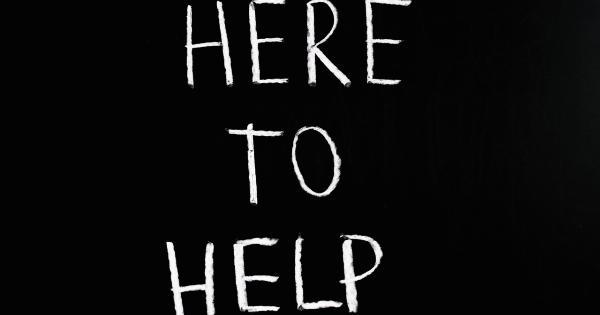Body language is a powerful form of communication that often reveals more than words can express.
By decoding the subtle cues and signals people display through their physical gestures and expressions, you can gain valuable insights into their thoughts, feelings, and intentions. Whether you want to enhance your personal relationships, improve your professional interactions, or simply become more astute at reading people, understanding body language is an essential skill.
In this ultimate guide, we will reveal the secrets of body language decoding and provide you with the tools to interpret nonverbal communication effectively.
1. Understanding Facial Expressions
The face is a canvas of emotions, and understanding the various microexpressions that flicker across it can help you decipher what someone truly feels.
Whether it’s a fleeting smile, a raised eyebrow, or a tightly clenched jaw, each expression holds valuable clues to underlying emotions.
2. Decoding Eye Movements
The eyes are often referred to as the windows to the soul. By observing someone’s eye movements, you can gain insights into their level of interest, truthfulness, and emotional state.
Understanding the different meanings behind eye contact, blinking patterns, and gaze direction can help you gauge the authenticity of a person’s words.
3. Interpreting Gestures and Posture
Our body language extends beyond facial expressions and encompasses gestures and posture. The way someone stands, sits, or uses their hands can reveal volumes about their confidence, dominance, or even deception.
By becoming attuned to these cues, you can uncover hidden messages and better understand the intentions of others.
4. Analyzing Hand and Arm Movements
Hand and arm movements can provide important context to a person’s words, reinforcing or contradicting what they are saying.
From aggressive pointing to nervous fidgeting, these gestures offer a glimpse into a person’s mindset and emotional state. Learning to interpret these movements can help you engage in more meaningful and authentic conversations.
5. Understanding Body Orientation
The way individuals position their bodies in relation to others can convey their level of interest, attraction, or defensiveness.
By analyzing body orientation and alignment, you can gain insights into the nature of the relationship between people and understand the dynamics at play.
6. Deciphering Vocal Cues
While body language primarily involves nonverbal cues, vocal cues are an essential part of communication decoding. Tone, pitch, volume, and even the speed of speech can reveal underlying emotions and attitudes.
Learning to listen to these nuances can help you better understand what someone is truly trying to convey.
7. Recognizing Microexpressions
Microexpressions are fleeting facial expressions that occur in a fraction of a second. Despite their brevity, these microexpressions can betray a person’s true feelings, even when they are trying to conceal them.
Developing the ability to spot these brief signals can give you a significant advantage in understanding others.
8. Interpreting Body Language Clusters
While individual body language cues can provide some insight, interpreting clusters of cues is often more accurate. By considering multiple signals in conjunction, you can paint a more comprehensive picture of a person’s thoughts and feelings.
Analyzing clusters can help you avoid misinterpreting gestures, ensuring a more accurate understanding.
9. Adapting to Cultural Differences
Body language is influenced by cultural norms and can vary widely across different societies. Being aware of cultural differences is crucial to avoid misreading the intentions and emotions of individuals from different backgrounds.
Understanding cultural variations in body language will help you communicate more effectively in diverse settings.
10. Enhancing Your Own Body Language
Finally, improving your own body language can have a profound impact on how others perceive and respond to you.
Being aware of your own nonverbal cues and consciously aligning them with your words can enhance your credibility, charisma, and overall communication skills.































